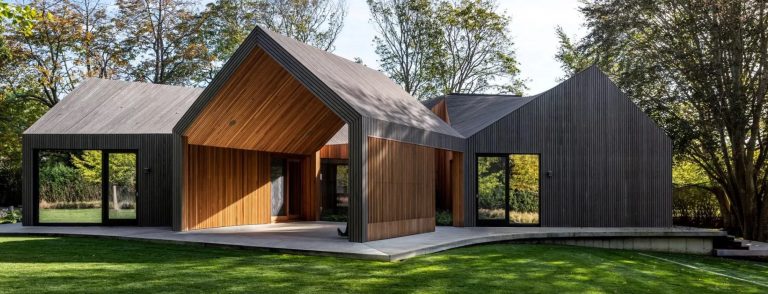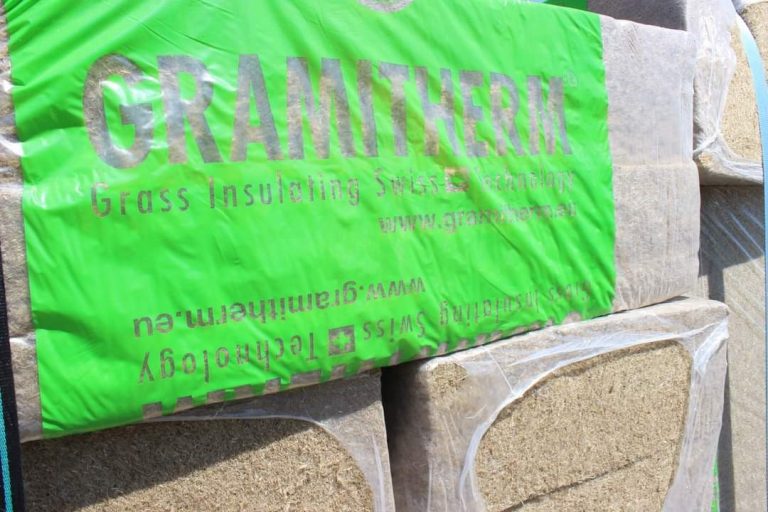Process using mushrooms to turn waste materials into new construction products
"Mycoremediation" of toxins from waste materials to divert them from landfill and create a bio-based value source that can be manufactured into new construction products.

Problem Addressed
Construction and demolition waste is a large contributor to landfills; it is facing major restrictions globally because it is high volume, toxic, bulky, and is taking up a lot of room.
Facts and Figures
95
%
85
%
This page presents data, evidence, and solutions that are provided by our partners and members and should therefore not be attributed to UKGBC. While we showcase these solutions for inspiration, to build consensus, and create momentum for climate action, UKGBC does not offer commercial endorsement of individual solutions. If you would like to quote something from this page, or more information, please contact our Communications team at media@ukgbc.org.
Related
Modified wood for stability and durability
High performance, non-toxic wood products that are durable and stable, with minimal environmental impact throughout the lifecycle

Insulation boards made from meadow grass
Insulation boards produced from meadow grass.

Impact Report 24-25
Find out what UKGBC achieved and how we drove change in 2024-25.

Warm Homes Stamp Duty Incentive Calculator
The Warm Homes Stamp Duty Incentive is a proposal to transform the retrofit market by…

